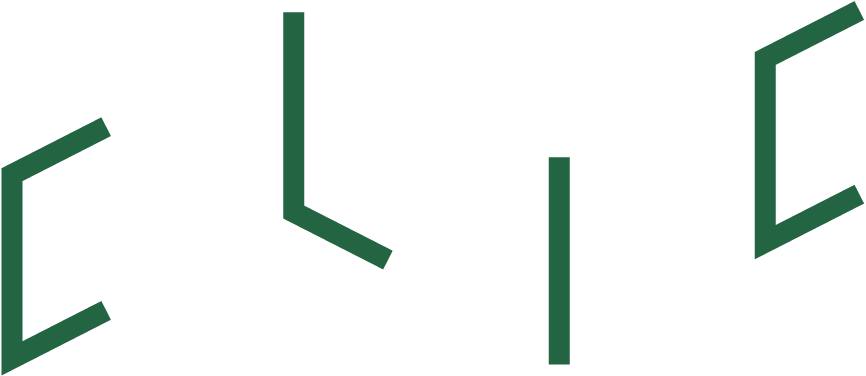From a research pitch to an EU Digital Innovation Hub for Rare earths and permanent magnets
On the 9th of September, The future of European competitiveness – A competitiveness strategy for Europe, a report by the previous Italian Prime Minister Mario Draghi addressing European competitiveness and the future of the innovation in the European Union was published. Draghi’s report detailed the need for commercialization of innovations to keep Europe competitive in the increasingly globalized future. Addressing the vulnerabilities of supply chains and increasing recycling rates of critical raw materials, including rare earth metals, were identified as areas to be addressed to ensure competitiveness in the recommendations proposed by the report. The report detailed the need to enhance domestic production, processing, and recycling in the EU along the CRM value chain. This article describes how CLIC Innovation developed a recent project to address this critical topic for EU resilience.
REMHub: A digital innovation hub to support the European Critical Raw Materials Act
Rare earth elements are crucial for green energy transition with direct applications in electric vehicles and wind turbine motors. EU demand for rare earth metals is expected to increase six-fold by 2030 and seven-fold by 2050. EU Critical Raw Materials Act (CRMA) has set the following benchmarks for domestic capacity development:
- at least 10% of the EU’s annual consumption for extraction,
- at least 40% of the EU’s annual consumption for processing and
- at least 25% of the EU’s annual consumption for recycling.
CLIC Innovation will coordinate the REMHub project to develop a digital innovation hub for rare earth elements and permanent magnets to enable the targets determined by CRMA. REMHub will develop, test, and pilot novel technologies for the exploration, primary production, and side-stream recovery of rare earth elements. In addition, the project will develop novel recycling, reusing, refurbishment, and repurposing and design technologies to obtain rare earths and permanent magnets from end-of-life products. In addition, the digital innovation hub will ensure that the novel technologies developed in the project will be commercialized and offered as services via digital platform in the future while engaging relevant stakeholders to develop REE value chains in the EU.
From project booster pitch to the Digital Innovation Hub for Rare earths
CLIC Innovation organizes an annual project booster which offers a platform for researchers to pitch their innovative research ideas to CLIC shareholders and partner companies. The idea is to enable new, challenge-driven ideas to solve our systemic challenges. The themes in green energy transition, circular economy, and bioeconomy booster pitches are shaped by the Strategic Research and Innovation Agenda (SRIA) and the wishes of CLIC shareholders and partner organizations.
In April 2023, one of the topics in the CLIC energy booster was critical raw materials for green energy transition. Related to this topic, University of Oulu researchers proposed enabling rare earth metal value chains in the EU. Simultaneously, University of Helsinki researchers pitched an idea for retrieving precious metals and rare earths from wastewater and industrial side streams. Both research groups were interested in developing an international project consortium related to the topic.
Solving the puzzle of rare earth value chain enablers in the EU with expert support from CLIC
CLIC Innovation used its network to find additional partners across the rare earth metal value chain for developing the consortium. University of Oulu has an ongoing collaboration with local mining companies as well as enabling companies in the mining sector and they were brought to the consortium. From Finland, the Geological Survey of Finland joined the consortium and brought partners relevant to a rare earth mining. The University of Ljubljana from Slovenia brought additional partners from Slovenia who were involved in permanent magnet and electric motor value chains. Additional partners from Estonia were found due to the presence of the rare earth metal processing industry in Estonia. From Italy, PoliMi and additional partners were brought to cover missing links in permanent magnet and rare earths recycling. In addition, a partner specialized in impact assessment joined from Ireland. Thus, CLIC brought together all the partners covering rare earth metal value chain as a first step.
CLIC Innovation staff brings extensive experience from various industry sectors and funding programs. While the consortium was developed, the competitive proposal was being developed. CLIC supported the partners in writing all the work packages and details in the implementation section. Additional guidance and support were provided to develop the impact and excellence sections. CLIC experts with extensive experience in EU proposal writing were brought together to review the proposal and sharpen the writing. The proposal was submitted in February 2024. The consortium was informed about the positive evaluation of the proposal in May 2024. CLIC managed the additional clarifications which were requested from the EU commission. The official grant agreement for the project was signed in August 2024.
Project Booster 2025
Project Booster is open to all CLIC owner organisations and partners paying the annual partnership fee and companies operating in the 4Recycling or/and GreenE2 ecosystems. We will publish the preliminary timetable for ProjectBooster 2025 events in December 2024. In 2025, we will have a novel concept and process for enabling our ProjectBooster. CLIC has started collaboration with flagship companies (“Veturi”), and they will also be part of the project booster process in 2025. Veturis were part of the ProWater Business Finland co-innovation proposal submitted by CLIC Innovation in September 2024. Please contact tiina.laiho@clicinnovation.fi for additional information on CLIC Project booster .
Written by

References
- The future of European competitiveness: Report by Mario Draghi:
https://commission.europa.eu/topics/strengthening-european-competitiveness/eu-competitiveness-looking-ahead_en - CLIC Innovation ProjectBooster: https://clicinnovation.fi/services/clic-project-booster/
- EU critical raw materials act: https://single-market-economy.ec.europa.eu/sectors/raw-materials/areas-specific-interest/critical-raw-materials/critical-raw-materials-act_en
- Critical Raw Materials for Strategic Technologies and Sectors in the EU – A Foresight Study: https://ec.europa.eu/docsroom/documents/42881
- Critical Raw Materials Resilience: Charting a Path towards greater Security and Sustainability: https://ec.europa.eu/docsroom/documents/42849
- Rare Earth Magnets and Motors: A European Call for Action: https://eitrawmaterials.eu/wp-content/uploads/2021/09/ERMA-Action-Plan-2021-A-European-Call-for-Action.pdf
- EU principles for sustainable raw materials: https://op.europa.eu/en/publication-detail/-/publication/6d541f66-0f81-11ec-9151-01aa75ed71a1/language-en


